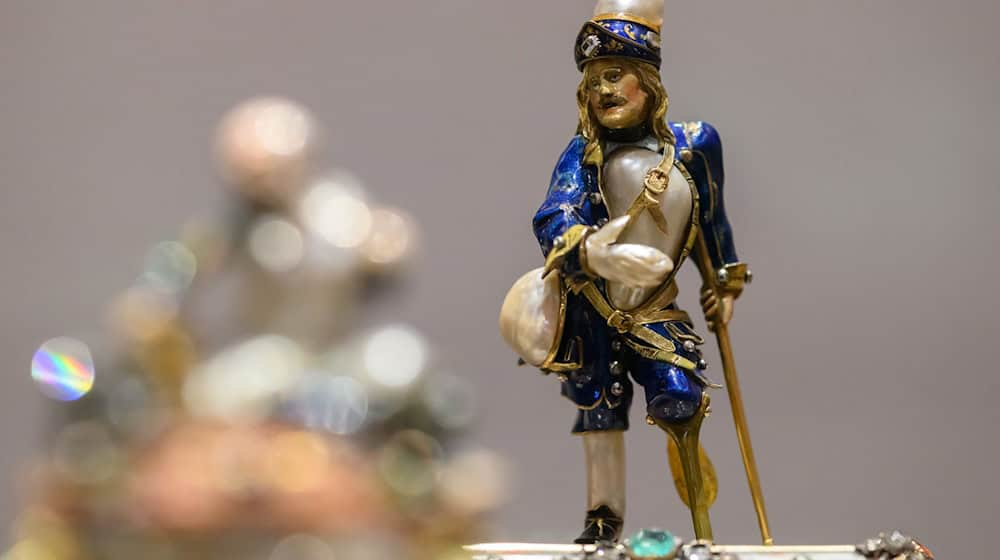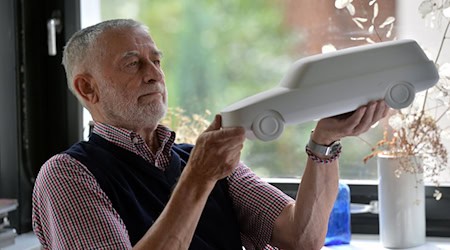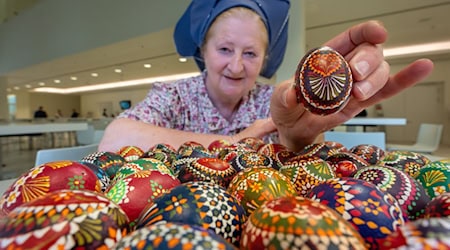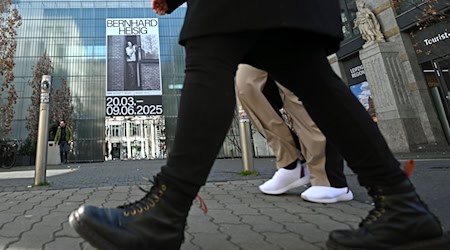A painting from the princely Kunstkammer is the starting point for an unusual exhibition in the Dresden Green Vault. After almost 200 years, it is back in its old location in the Royal Palace, but only for a limited time. The painting, which shows foot artist Thomas Schweiker (1540-1602) from Schwäbisch-Hall, was already in Dresden in 1603 and hung alongside portraits of the electoral family and friendly aristocratic houses, said museum director Marius Winzeler. Schweiker "wrote with his feet, also drew decorations and ornaments, he was famous in Europe as a calligrapher and painter".
Return of a portrait after almost 200 years
The show "Admired, collected, exhibited. Disability in Baroque and Contemporary Art" deals with a virulent topic in courtly art, according to Winzeler. For example, Schweiker's portrait in the 19th century was "not judged as art, sorted out and sold" by the picture gallery, he reported. "We actually assumed that it no longer existed". When it unexpectedly appeared on the art market a few years ago and he found out about it, it had already been sold - but is now back in its old place, at least on loan from a private art collector from Essen.
In addition to samples of Schweiker's writings, the 50 or so exhibits also include depictions of Hante, the small court dwarf who was a slave, whom Saxony's legendary Elector Augustus the Strong had baptized and who achieved great renown. "Unusual-looking people were considered a miracle of creation back then," said Winzeler. Representations of disabled people and their art therefore found their way into cabinets of curiosities.
From little pearl figurines to contemporary art
Filigree figurines made of deformed pearls, which Augustus the Strong "collected excessively", also bear witness to this, as does a piece of armour from the 16th century, which was used to slowly straighten deformed limbs and make them mobile again. The range of exhibits extends right up to the present day. Works by four contemporary artists with disabilities fill the temporary gaps in the Treasury Museum's regular presentation.
Copyright 2024, dpa (www.dpa.de). All rights reserved










